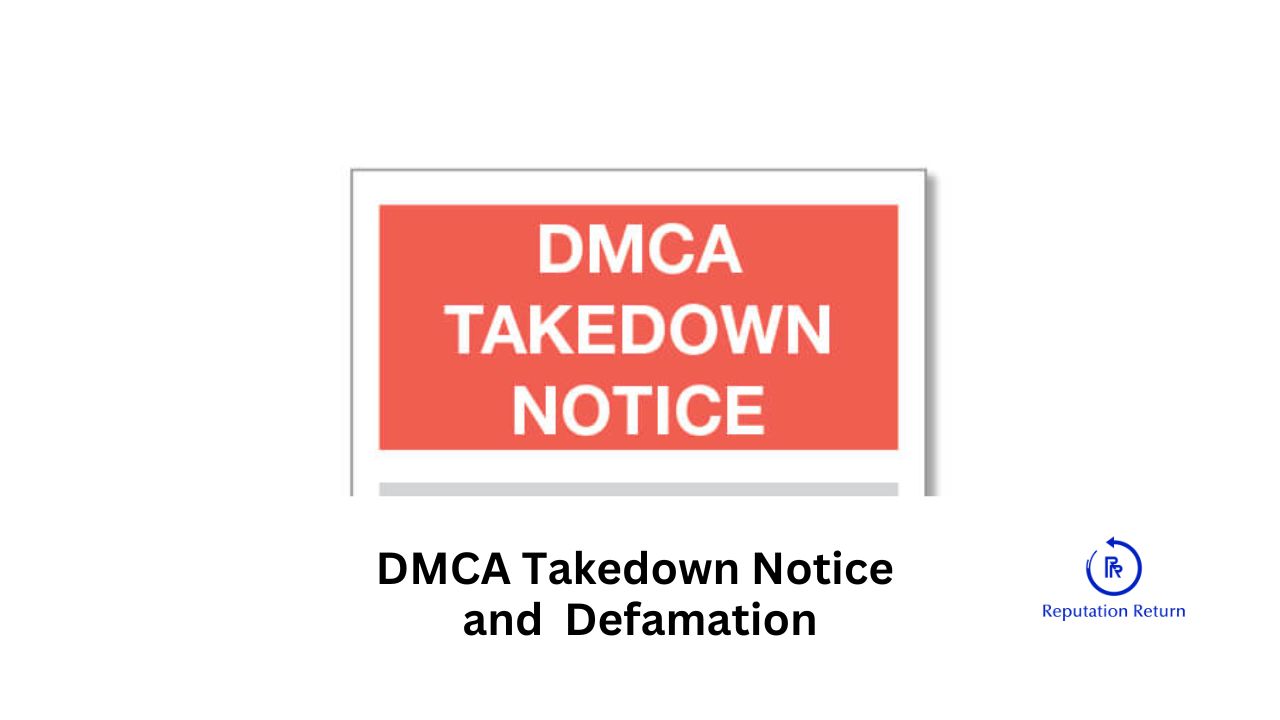The Digital Millennium Copyright Act (DMCA) provides a legal framework for copyright owners to protect their content online. A DMCA takedown notice is a tool that copyright holders can use to request the removal of infringing content. Understanding the requirements for a valid DMCA takedown notice is crucial for effectively using this tool. We do the DMCA takedown for you.
Key Components of a DMCA Takedown Notice
- Identification of the Copyrighted Work: The notice must clearly identify the copyrighted work that has been infringed. This could be a specific article, image, video, or any other type of content. Providing a URL to the original work can help clarify what is being protected.
- Identification of the Infringing Material: The notice must also specify the location of the infringing material. This is typically a URL where the infringing content is hosted. It’s important to be precise so the service provider can quickly locate and assess the content in question.
- Contact Information of the Complainant: The copyright owner or an authorized agent must provide contact details, including a name, address, phone number, and email address. This information is necessary for the service provider to communicate with the complainant regarding the notice.
- A Statement of Good Faith: The complainant must include a statement affirming their belief that the use of the material is not authorized by the copyright owner, their agent, or the law. This statement must be made under penalty of perjury.
- A Statement of Accuracy: The notice must include a statement that the information provided is accurate and that the complainant is authorized to act on behalf of the copyright owner. This adds a layer of accountability and ensures that the complainant has the legal right to request the takedown.
- Signature: The notice must be signed by the complainant. This can be a physical signature or an electronic one. The signature confirms that the complainant agrees to the statements made in the notice.
DMCA and Online Defamation
While the DMCA is primarily focused on copyright infringement, DCMA can also intersect with issues of online defamation. If defamatory content includes unauthorized use of copyrighted material, a DMCA takedown notice can be an effective means to have such content removed. This dual protection helps safeguard both the copyright and the reputation of the individual or business affected.
A well-prepared DMCA takedown notice is essential for the swift and effective removal of infringing content. By including all required elements – identification of the copyrighted work and infringing material, contact information, statements of good faith and accuracy, and a signature – copyright owners can ensure their rights are protected. Additionally, understanding the broader implications of the DMCA, including its potential application in cases of online defamation, can provide comprehensive protection for both intellectual property and personal reputation.

